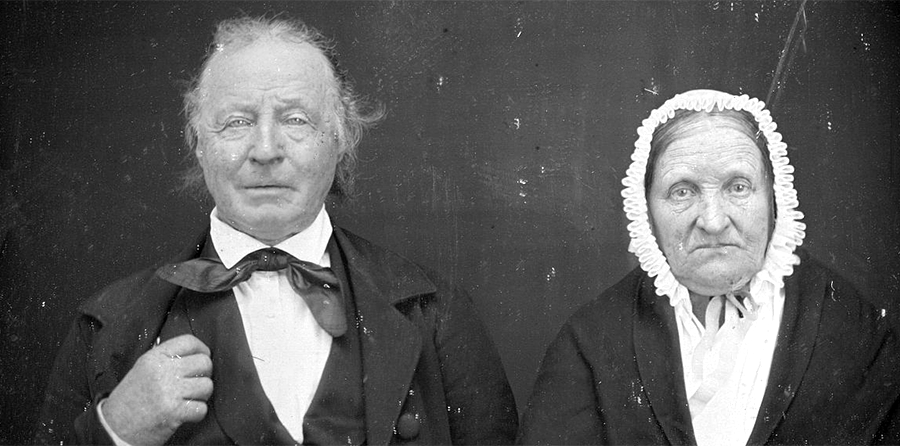Walking the Line Between Too Casual and Too Formal

Professional writing is simply another dialect of the language you already use. It sounds like conversation.
What is your immediate impression of the ages of these two writers?
1. “It would be beneficial if you could arrive at our Thursday ten o’clock meeting prepared to discuss in detail the components of your department’s plan to fête our outgoing guru of all things financial, our own Tony.”
2. “Tony’s leaving. Gotta party. Show Thurs at 10 to plan.”
Did you assume that A is a Boomer and B is a young Millennial? Probably.
Did either communication move you to participate on Thursday? Probably not.
One communication is stuffy and the other is chatty. Neither sounds professional.
There is middle ground between geezer and geek
If your writing tends more to A’s style, it can sound stilted and stodgy. If it tends to B’s style, it can sound flippant—even rude. The gold standard is sounding “professional.”
“Professional” means
- all readers, including people whose first language is not English, can understand it on one reading and take action
- the writer conveys information, not attitude
- the message gets right to the point, includes action items, and then ends.
Everything we write in business makes an impression. To your readers, that e-mail is you, captured in words. Learning the middle-ground dialect of “professional writing” is worth the time and effort.
You have already mastered several ways of speaking
Suppose you were describing your weekend—and the speeding ticket it entailed. You would frame the weekend differently for your parent, your child, your best friend, or the judge.
Professional writing is simply another dialect of the language you already use. It sounds like conversation, assuming you’re talking with someone like your manager. It sounds like alignment with your organization.
When you have grasped your company’s strategy and goal in the marketplace, your job is to sound as though you are furthering that strategy every time you write. If your company makes devices that improve mobility for wounded veterans, for example, all your communications should use respectful language about veterans and set reasonable expectations about how your devices will improve their lives. Alignment between your organization and your writing will mean you reflect its mission, its most important language, and its values in everything you write.
Sounding unprofessional carries multiple risks
Alignment often breaks down when writers assume that only “internal” company eyes will see what they have written. Every year, there are awful anecdotes in the business press about internal communications that somehow went to clients or customers. Forwarding an entire e-mail thread is often the slippery slope into humiliation.
I recall meeting an investment banker who, as a college student, wrote to an investment bank trying to resolve an error in his account. When he didn’t hear back for weeks, he asked again, referencing his previous message. Twice. Finally one of the bank’s employees wrote back to him by—yes—forwarding the entire e-mail thread with an answer. Toward the bottom, a senior partner had written, “Is someone going to respond to this a******?”
Upon graduation from college, the student received an invitation to apply to that investment bank. He declined.
Whatever you can say about the senior partner’s message, it wasn’t professional.
Sounding “professional” is mostly a matter of tone
A competent business writer of any age applies the principle of “professional” using the three tips you read earlier in this blog post:
- Be clear and respectful so everyone understands on first reading.
- Convey information, not attitude.
- Get to the point, highlight the action items and stop writing.
Professional tone is a Goldilocks thing: not too stuffy, not too casual. Just clear and helpful. No one has ever paid a price at work for using this style. Many have paid a price for not using it.
Still yearning to put more “personality” into your business communications? We understand. With wisdom and good practice, you can. Until then, and always, “professional” is your touchstone.
